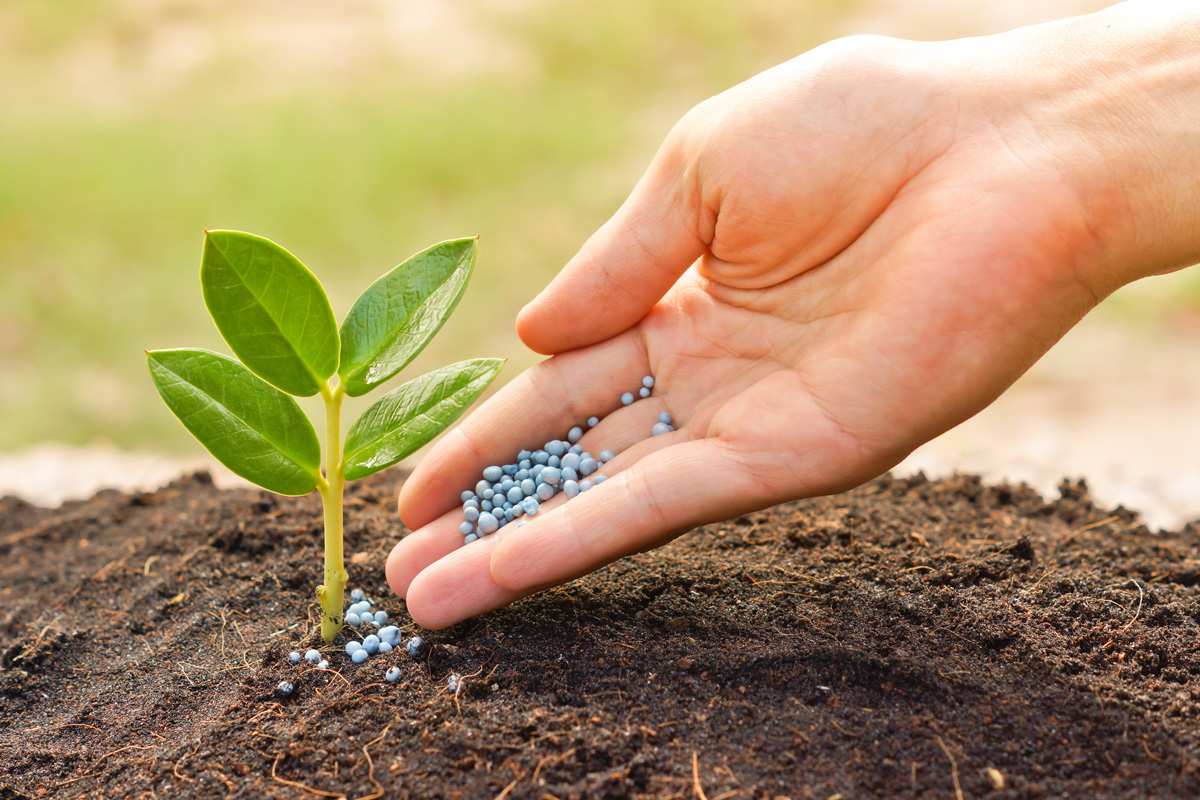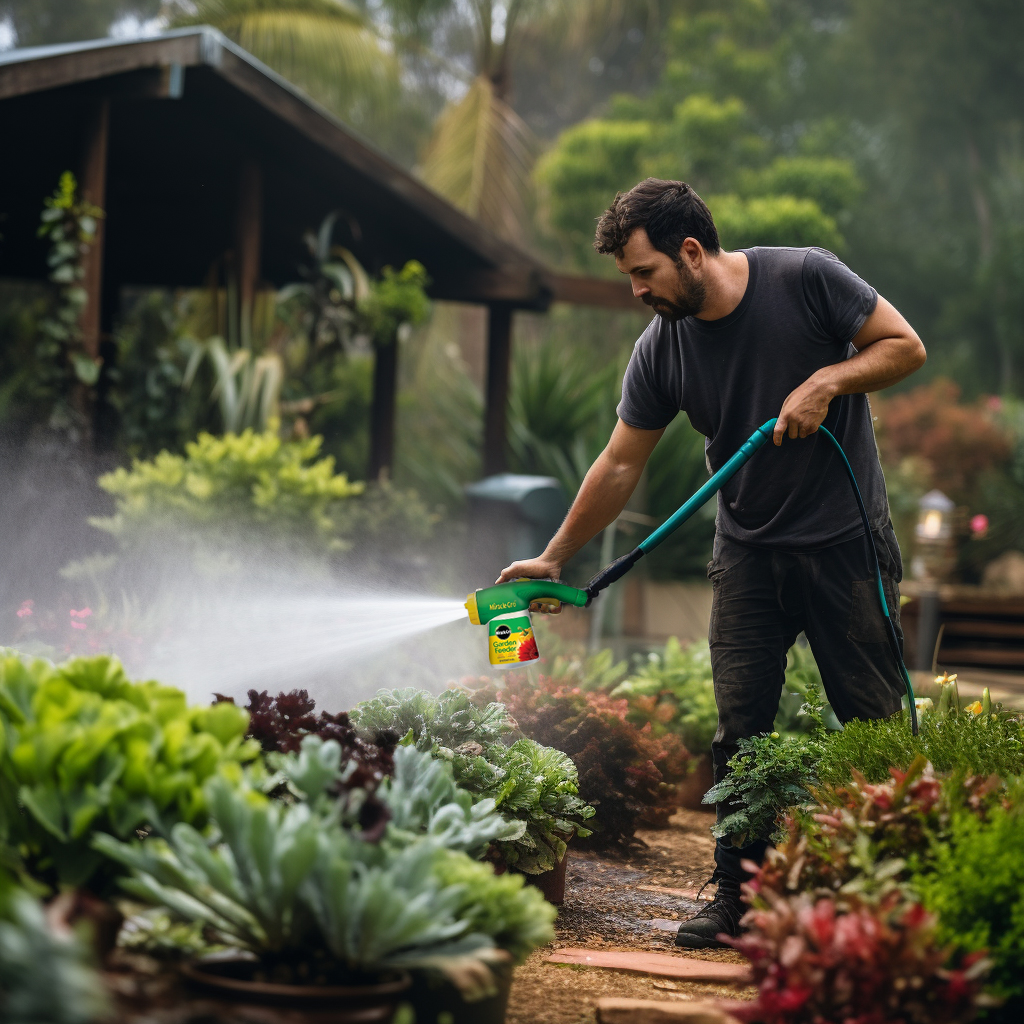
The Ultimate Guide to Choosing the Right Fertiliser for Your Aussie Home Garden
Posted by Dale Parsons on 30th Jan 2024
If you're an Aussie home gardener, you'll understand the importance of using the right fertiliser to achieve that luscious, healthy, and vibrant garden you've always dreamed of. In today's blog post, we'll dive into the world of fertilisers, discuss the different types available, and provide you with top tips on selecting the perfect one for your home garden. So, let's dig in!
The Importance of Fertilisers
Before we jump into the different types of fertilisers, let's talk about why they are essential for your garden. Fertilisers provide your plants with the essential nutrients they need to grow and thrive. They supplement the natural nutrients found in the soil, ensuring that your plants have a balanced diet of nitrogen, phosphorus, potassium, and other micronutrients required for healthy growth.
Choosing the right fertiliser for your garden will promote stronger root systems, healthier foliage, more vibrant blooms, and better fruit and vegetable production. Plus, you'll give your plants the best chance to withstand pests and diseases. It's a win-win!
Types of Fertilisers
Now, let's explore the six main types of fertilisers and their benefits. We'll also discuss which ones are best suited for specific plant types and situations.
1. Controlled Release Fertilisers

Controlled release fertilisers (CRFs) are the crème de la crème of the fertiliser world. These fertilisers gradually release their nutrients over an extended period, typically three to twelve months, depending on the specific product. CRFs consist of small, coated granules that slowly release nutrients in response to temperature and moisture conditions. This ensures a consistent supply of nutrients to your plants, which helps them grow more steadily and healthily.
CRFs are an excellent option for most Australian home gardens because they:
- Provide a steady and consistent supply of nutrients, reducing the risk of nutrient deficiencies or toxicities
- Save time and effort by reducing the frequency of fertiliser applications
- Minimise nutrient leaching, which is better for the environment
- Offer great value for money, as you need less product per application
Some popular CRFs available in Australia include Floracote, Osmocote and Plantacote.
2. Slow Release Fertilisers
Slow-release fertilisers are another fantastic option for the busy Aussie gardener. Like CRFs, they release nutrients gradually over an extended period. However, slow-release fertilisers typically use a different mechanism to control nutrient release, such as natural breakdown or microbial activity. Some examples include organic-based fertilisers, like blood and bone or pelleted poultry manure.
The benefits of slow-release fertilisers include:
- A prolonged release of nutrients, helping to maintain a consistent nutrient supply
- Reduced risk of nutrient burn, as they are gentler on plant roots
- Improved soil structure and increased microbial activity, thanks to the organic matter they contain
3. Fertiliser Straights
Fertiliser straights are single-nutrient fertilisers, such as urea (nitrogen), superphosphate (phosphorus), or potassium sulphate (potassium). These fertilisers can be beneficial in situations where your garden requires a specific nutrient boost, such as correcting a deficiency or promoting a particular aspect of plant growth (e.g., flowering or fruiting).
However, fertiliser straights may not be the best option for the average Aussie home garden, as they:
- Require regular applications, which can be time-consuming
- Have the potential to cause nutrient imbalances if not used correctly
- Can be less cost-effective than other fertiliser options, as you may need to purchase multiple products to achieve a balanced nutrient supply
To use fertiliser straights effectively, performing a soil test to determine your garden's specific nutrient requirements is crucial.
4. Organic Fertilisers
Organic fertilisers are derived from natural sources like plant and animal by-products. Examples include compost, manure, seaweed, fish emulsion, and worm castings. These fertilisers provide essential nutrients to your plants, improve soil structure, promote microbial activity, and enhance water retention.
Some advantages of organic fertilisers include:
- A gentle, slow release of nutrients, reducing the risk of nutrient burn
- Increased soil health and biodiversity, promoting a more resilient garden ecosystem
- Environmentally friendly, as they're made from renewable resources and don't contain synthetic chemicals
However, organic fertilisers can be less predictable in terms of nutrient content and release rate. They may also require more frequent applications than some other fertiliser types.
5. Liquid Fertilisers

Liquid fertilisers are a popular choice for their ease of application and rapid nutrient uptake by plants. They can be applied directly to plant foliage (foliar feeding) or to the soil around the plant's roots. Examples include seaweed solutions, fish emulsion, and liquid kelp.
The benefits of liquid fertilisers include:
- Fast nutrient absorption, providing a quick boost to plants in need
- Easy application, as they can be applied using a watering can or hose attachment
- Versatility, as they can be used on a wide range of plants, from seedlings to mature plants
However, liquid fertilisers typically have a short-lived effect, necessitating more frequent applications than controlled or slow-release fertilisers.
6. Water Soluble Fertilisers
Water soluble fertilisers are powdered or granular fertilisers that dissolve in water, allowing for easy application and fast nutrient uptake by plants. They are commonly used for feeding container plants, vegetables, and flowering plants.
The benefits of water-soluble fertilisers include:
- Rapid nutrient availability, providing an instant boost to plants
- Easy application, as they can be mixed with water and applied using a watering can or hose attachment
- Flexibility in adjusting nutrient concentrations to suit specific plant needs
However, like liquid fertilisers, water-soluble fertilisers have a short-lived effect and require more frequent applications.
Choosing the Right Fertiliser for Your Australian Home Garden
Now that we've explored the different types of fertilisers let's discuss some tips for selecting the perfect one for your Aussie garden.
- Know your plants and their nutrient requirements. Different plants have different nutritional needs, so choosing a fertiliser that will provide the right balance of nutrients for your specific plants is essential. For example, Australian native plants often have unique nutrient requirements, such as low phosphorus levels. Selecting a fertiliser specifically formulated for native plants, like Floracote Native or Osmocote Low P, can help ensure their health and vitality.
- Consider your garden's size and maintenance requirements. If you have a large garden or a busy lifestyle, controlled-release fertilisers or slow-release fertilisers can save you time and effort by reducing the frequency of fertiliser applications.
- Perform a soil test. A soil test can provide valuable information about your garden's nutrient levels and pH, helping you make a more informed decision about which fertiliser to use.
- Factor in environmental considerations. Using fertilisers that minimise nutrient leaching, like controlled-release fertilisers, can help protect the environment and reduce the risk of nutrient pollution in nearby waterways.
- Consult local gardening experts. Reach out to your local nursery or gardening club for advice on choosing the best fertiliser for your specific location and plant varieties. These experts can provide invaluable knowledge and experience to guide your decision.
In Conclusion
Selecting the right fertiliser for your Aussie home garden can make all the difference in achieving that lush, thriving garden you've always wanted. By understanding the various types of fertilisers available and considering your garden's specific needs, you'll be well on your way to making an informed decision.
In summary, controlled-release fertilisers are often the best option for most Australian home gardens. They provide a consistent nutrient supply, save time and effort, minimise nutrient leaching, and offer great value for money. However, it's essential to consider other factors like plant species, garden size, maintenance requirements, and environmental impact when making your final decision.
So go on, give your garden the nourishment it deserves and watch it flourish under your expert care. Happy gardening!
